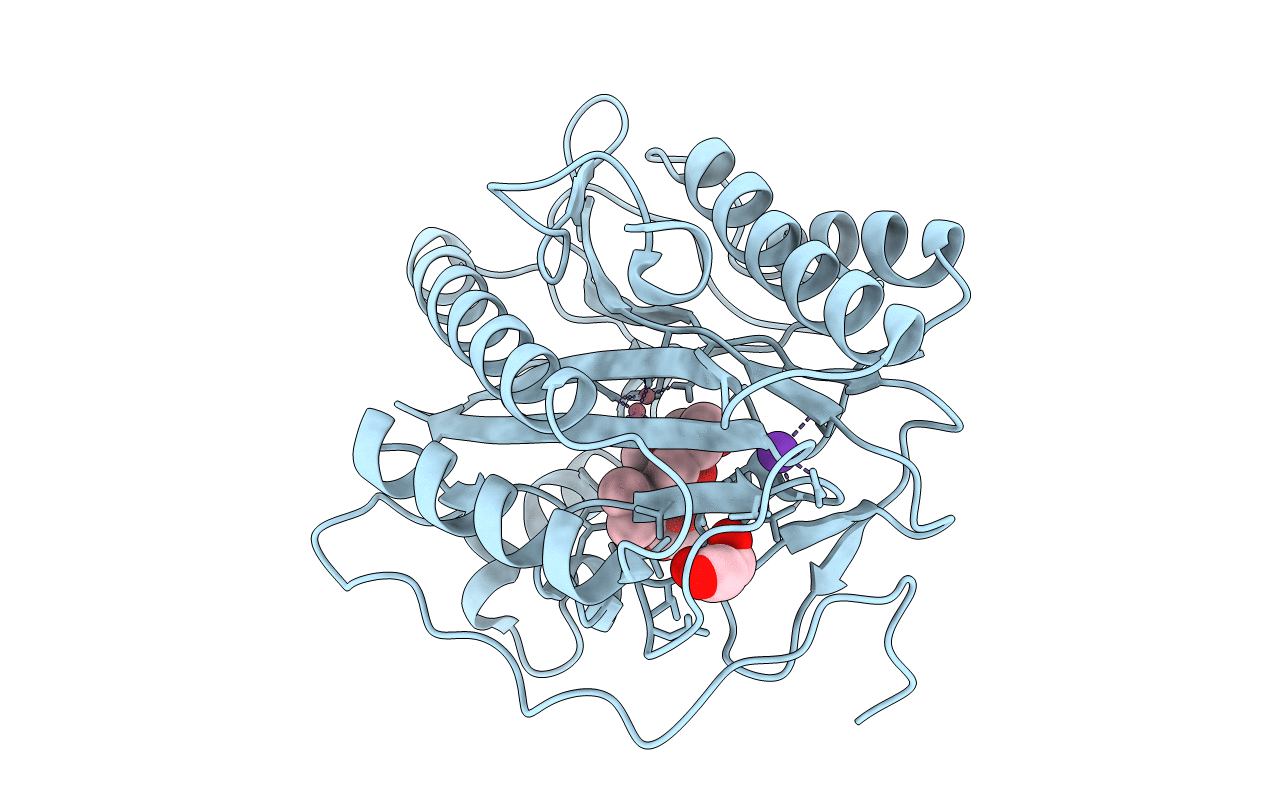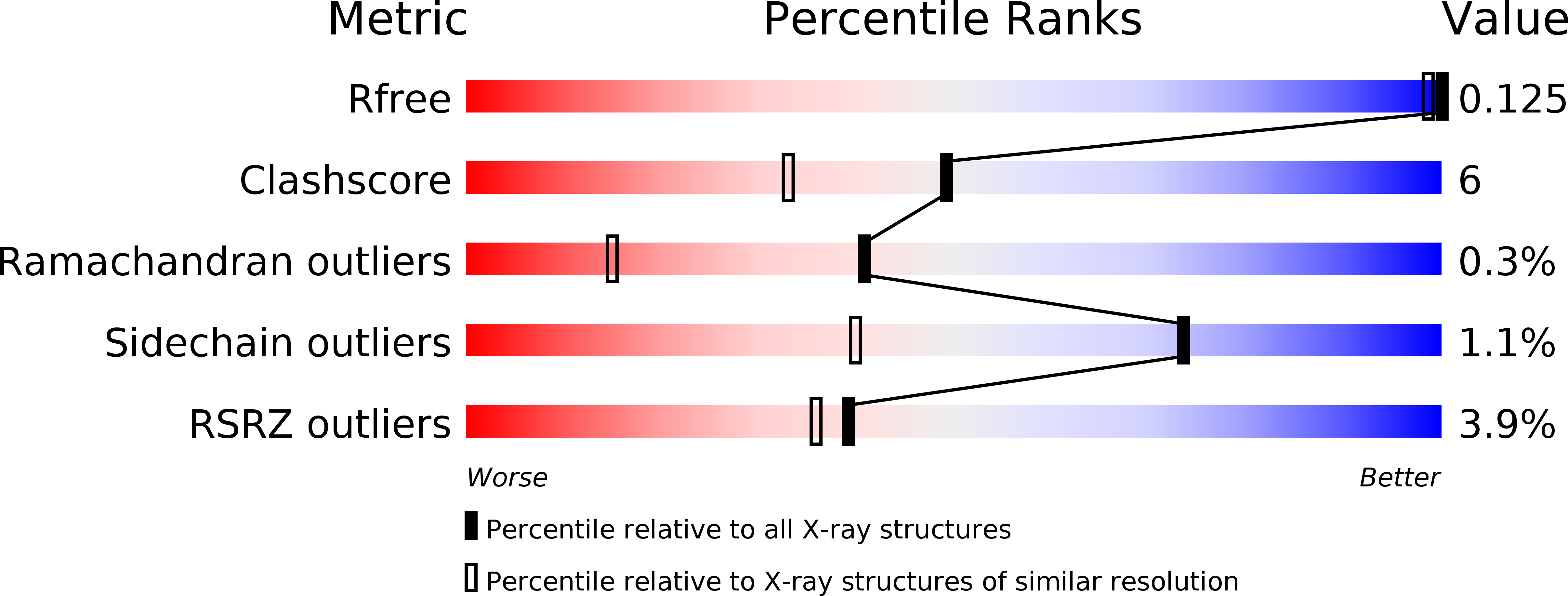
Deposition Date
2006-05-10
Release Date
2006-05-23
Last Version Date
2024-10-30
Entry Detail
PDB ID:
2GZ5
Keywords:
Title:
Human Type 1 methionine aminopeptidase in complex with ovalicin at 1.1 Ang
Biological Source:
Source Organism:
Homo sapiens (Taxon ID: 9606)
Host Organism:
Method Details:
Experimental Method:
Resolution:
1.10 Å
R-Value Free:
0.14
R-Value Work:
0.11
R-Value Observed:
0.13
Space Group:
P 1 21 1


